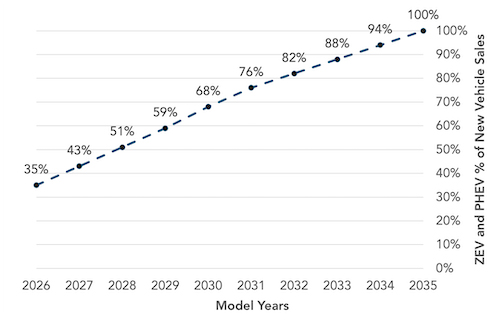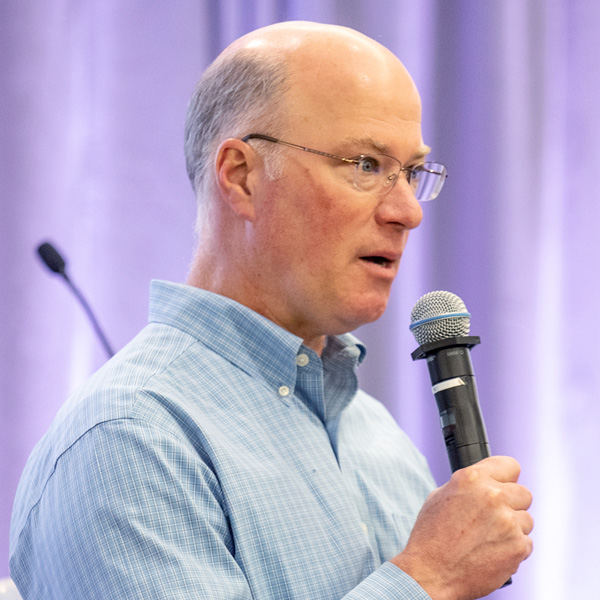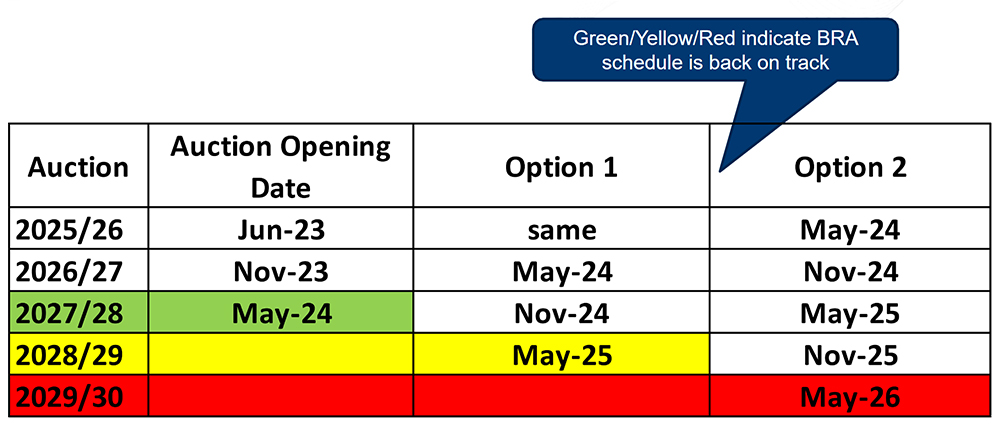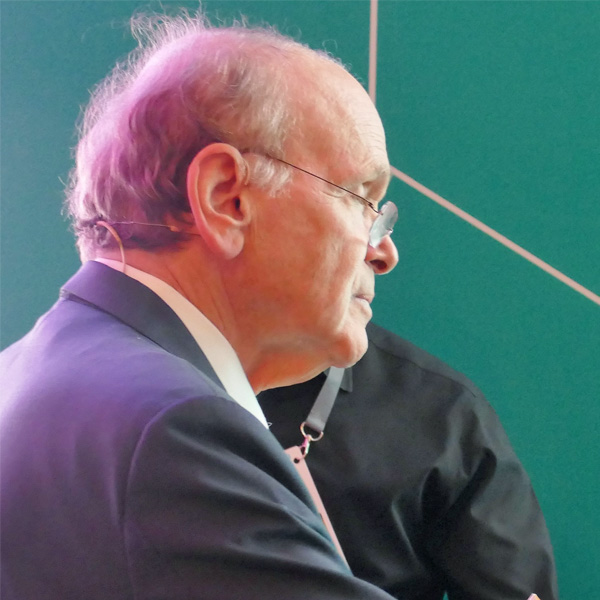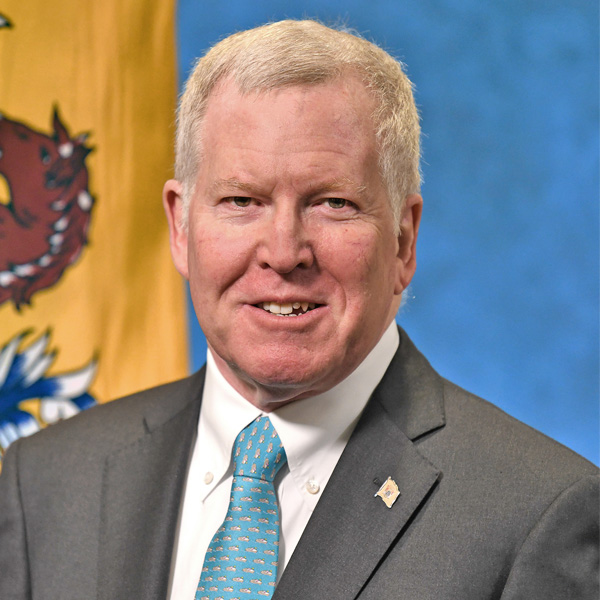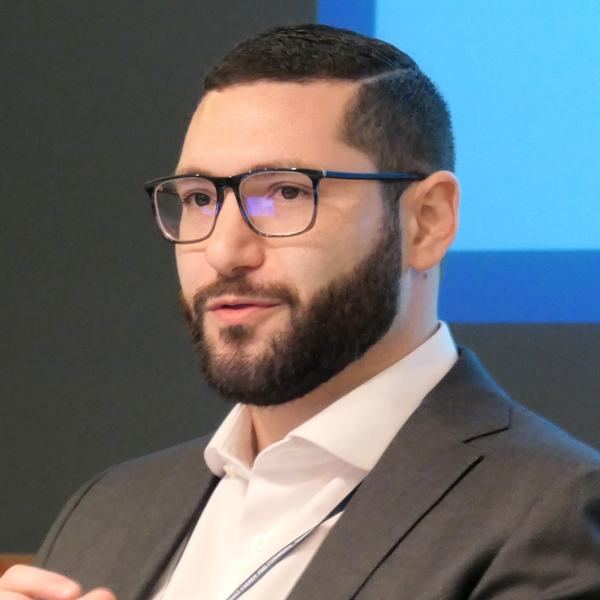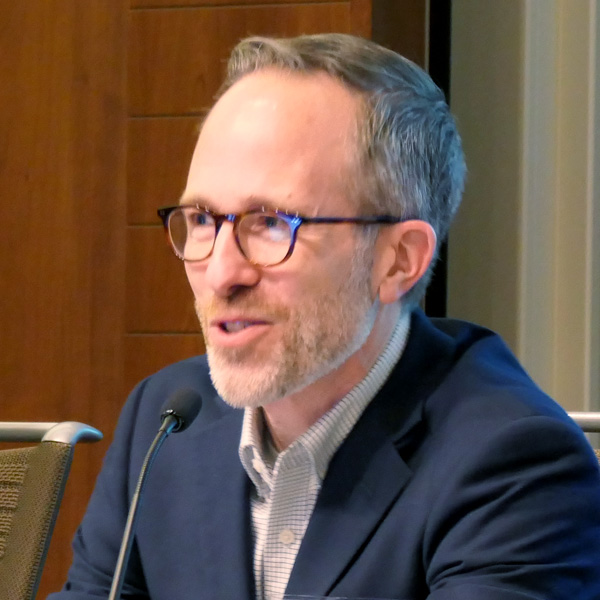Merged IMM-PJM Issue Charge on Multi-schedule Modeling Endorsed
VALLEY FORGE, Pa. — The PJM Market Implementation Committee on Wednesday endorsed a problem statement and issue charge to explore multi-schedule modeling of combined cycle generators in the market clearing engine (MCE).
According to the problem statement, combined cycle generators have a larger number of configurations that can be modeled in the MCE, which raises performance impact challenges. The engine is currently designed to look at each schedule that a generator offers into the energy market as a separate logical resource. While most resources offer only one or two, it’s possible for the number to be much higher for combined cycle units, potentially leading to an exponential increase in solution times.
The statement says that a typical 2×1 combined cycle unit would have at least six configurations, meaning that if it offers two schedules into the market, it would be represented by 12 logical resources. (See “Feedback on Issue Charge, Problem Statement for Combined Cycle Modeling,” PJM MIC Briefs: Dec. 7, 2022.)
Both PJM and the Independent Market Monitor had offered proposals that left stakeholders divided over the best way to frame the discussion and whether to go forward at all. After stakeholders deferred voting on the proposal during the January MIC meeting, the Monitor suggested amendments to PJM’s issue charge, and the two were able to merge their proposals. (See “Stakeholders Disagree on Approach to Combined Cycle Modeling,” PJM MIC Briefs: Jan. 11, 2023.)
The issue charge was revised to add education on the current schedule selection process as a key work area and expanding the out-of-scope section to include topics under the Cost Development Subcommittee’s purview, unit-specific parameter review, cost-based start-up and no-load load cost rules, and the requirement that parameters be mitigated during emergencies and hot/cold weather alerts.
Deputy Monitor Catherine Tyler said the changes will allow for the discussion to cover the issues identified in PJM’s white paper without affecting existing market power provisions.
Paul Sotkiewicz, of E-Cubed Policy Associates, said the calculation constraints should have been identified and brought before stakeholders far sooner, as it leaves little time for stakeholder deliberation before General Electric — which provides the MCE software — completes its collection of design preferences and begins building its Next Generation Markets Systems (nGEM), including any multi-schedule modeling components.
The committee will begin holding special sessions on the issue later this month.
Proposals on Rules for Generation with Co-located Load Presented
Stakeholders discussed proposals to create rules for generation with co-located load, addressing whether they are subject to ancillary service charges, FERC– or state-jurisdictional, and able to retain their capacity interconnection rights (CIRs).
A proposal from the Monitor and a joint Constellation Energy-Brookfield Renewable Partners package had been considered by the MIC last year, but they were dropped after a poll found little support for either in November. The central question in the previous discussions was whether generators with co-located load not directly connected to the PJM grid should be able to retain the CIRs for the portion of their output supplied to load. (See “Limited Support for Co-located Load Proposals,” PJM MIC Briefs: Dec. 7, 2022.)
Constellation made the case that when highly interruptible loads are paired with generators, allowing those generators to maintain their capacity ratings would create a dispatchable capacity with rapid ramping capabilities. It also would have defined the load as not being FERC-jurisdictional and not subject to ancillary service charges. The Monitor’s proposal would have codified the existing practice of requiring generators in such a configuration to relinquish a share of their CIRs based on the output serving the co-located load. Both those proposals continue to stand in the proposal matrix.
The Advanced Energy Management Alliance (AEMA) presented a proposal that would treat all co-located load as receiving service from the grid, arguing that the energy produced by the generator is FERC-jurisdictional and must be supplied to a wholesale customer. The load would be treated as receiving wholesale energy by firm point-to-point transmission and served to the grid at the LMP level. The generator would retain its full capacity rights and be levied the PTP costs. Presenting the package, Bruce Campbell, of Campbell Energy Advisors, said it carries the bonus outcome of designating load meters as wholesale rather than retail, which he believes PJM lacks the authority to require.
PJM presented its own package during last month’s MIC meeting that would allow generators to retain their CIRs but make them subject to ancillary service charges, such as black start, regulation and reserves, effectively on load’s behalf. (See “First Read of PJM Proposal on Co-located Load,” PJM MIC Briefs: Feb. 8, 2023.)
Discussion on Local Considerations for Net CONE
Stakeholders continued laying the groundwork for proposals to address how local factors such as regulations and legislation could impact the net cost of new entry (CONE), with much of the discourse centering on whether new CONE areas could be created to reflect such considerations. (See “Local Considerations for Net CONE,” PJM MIC Briefs: Feb. 8, 2023.)
The options matrix was revised to include feedback from the meeting to include the calculation of gross CONE, the creation of new CONE areas for regions with restrictions that may impact asset lifespan and the relationship between gross CONE for price-separated locational deliverability areas (LDAs).
Sotkiewicz defended the addition of a design component item for new gross CONE areas, stating that he believes PJM has previously held that the number and sizing of CONE areas cannot change. He pointed to Illinois and New Jersey as regions with legislation that could impact generators’ lifespan or operations to the extent that it may be necessary to break them out as their own CONE areas.
“PJM has indicated that it is not open to change in the Quadrennial Review filing,” he said.
PJM Senior Counsel Chen Lu said the issue was raised in the Quadrennial Review at the “11th hour” and the RTO told FERC that it felt it was better to address the topic through the stakeholder process. Sotkiewicz responded that he felt that was inaccurately characterizing the filings in the review and that PJM made it clear in its responses that it was not appropriate to even look at localized net CONE (ER22-2984).
“We just didn’t think it was appropriate to consider this in the Quadrennial Review at the 11th hour … so we never foreclosed raising this issue with the broader stakeholder group,” Lu said.
Other MIC Actions
Stakeholders endorsed new default gross CONE and avoidable-cost rate figures updated through the Quadrennial Review. The new parameters will be used for the 2026/27 delivery year. All resource types, expect storage, will see their gross CONE figures increase largely because of changes in tax credits and new reference resources used for combined cycle and onshore wind resources. (See “Stakeholders Consider Recognition of Local Impacts to Net CONE,” PJM MIC Briefs: Feb. 8, 2023.)
The committee also partially endorsed revisions to Manual 11, with a portion of the changes removed for further discussion.
